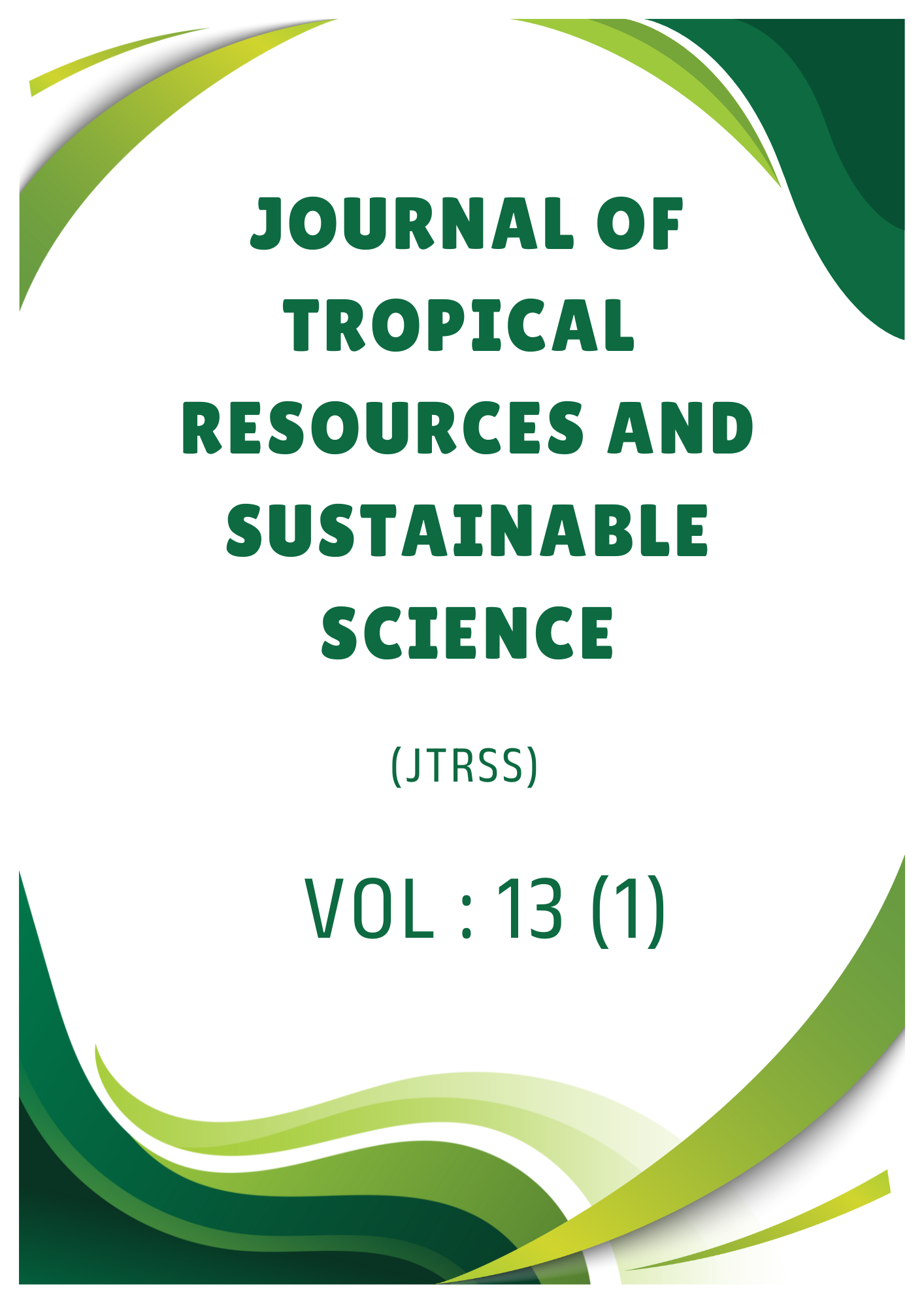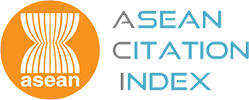Morphometric Analysis of Drainage Basins Using ArcGIS: A Case Study of the Anambra River Basin for Understanding Erosion Patterns and Hydrological Characteristics
DOI:
https://doi.org/10.47253/jtrss.v13i1.1368Keywords:
erosion control, stream order classification, water resource management, basin hydrology, sediment transportAbstract
The Anambra River Basin's hydrological and erosion dynamics are critical for regional water resource management. This study aims to analyze the morphometric characteristics of the five major basins within the Anambra River Basin to understand their impact on hydrology and erosion patterns. The study aims to provide a comprehensive morphometric analysis of the Anambra River Basin to inform effective water resource management and erosion control strategies. Morphometric parameters such as area and perimeter of the five major basins were analyzed. Stream order analysis was conducted to classify streams into secondary, primary, and tertiary orders, along with a category labeled "Others" for minor streams. The First Basin, the largest, covers an area of 1459.27 km² with a perimeter of 257.38 km. The smaller basins, Fourth and Fifth, have areas of 171.81 km² and 227.45 km², respectively. Tertiary streams, with an area of 0.78 km² and perimeter of 75.37 km, were identified as having the highest runoff volume. Larger basins like the First Basin are more susceptible to erosion due to their extensive surface areas exposed to rainfall and runoff. Smaller basins, influenced by localized factors, experience less intense erosion. Stream order analysis highlights the significant hydrological contributions of tertiary streams. Effective water resource management in the Anambra River Basin requires understanding the distinct morphometric characteristics of each basin. Larger basins necessitate extensive erosion control measures, while smaller basins require localized strategies. The study underscores the importance of tailored management practices to mitigate erosion and ensure sustainable water use. This study provides a detailed morphometric analysis of the Anambra River Basin, offering insights into the hydrological and erosion dynamics of different basin sizes and stream orders. It emphasizes the need for tailored management strategies to address specific hydrological and environmental challenges within the basin.







